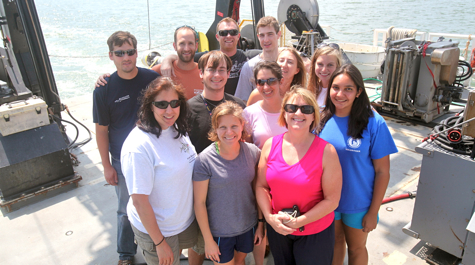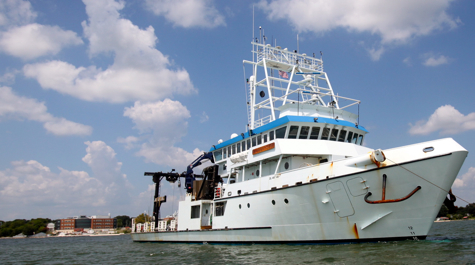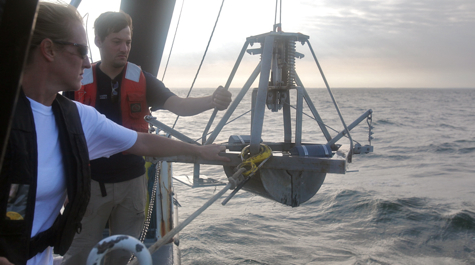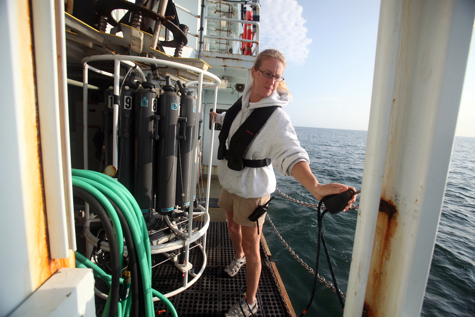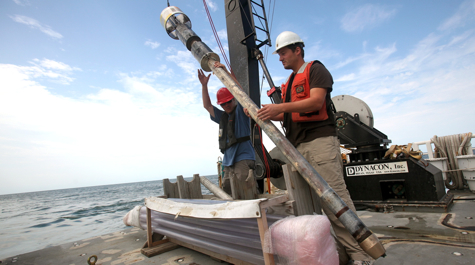FlowSIP
Combining Flow Cytometry and Stable Isotope Technique: A method to measure phytoplankton- and bacteria-specific nitrogen and carbon uptake
- Funded by NSF: BO. May 2008 to April 2011.
- Bronk, Lead-PI. Bronk part $232,237. Mike Lomas (Co-PI, BIOS).
Abstract
Multiple lines of evidence challenge the traditional view that phytoplankton are producers and bacteria are consumers in aquatic microbial communities as overly simplistic or incorrect. Many nutritional strategies previously attributed to one microorganism or functional group are also or instead carried out by other groups of microorganisms. Given what we now know about the nutritional flexibility of both phytoplankton and bacteria, it is critical that we reassess their functional roles in marine ecosystems. To tease apart who is doing what will require new analytical approaches.
Traditionally nitrogen (N) uptake rates have been measured using 15N-tracer techniques that employ glass fiber filters (i.e. GF/Fs). What is seldom appreciated, however, is that a significant and variable fraction of the bacterial community is retained on these filters. As a result, uptake rates that are frequently assumed to represent autotrophic production are in fact confounded with heterotrophic bacterial uptake. Flow cytometry, when combined with other techniques, has a great, and largely untapped, potential for expanding our understanding of competitive interactions because microbial groups can be distinguished optically (either by inherent fluorophores such as pigments or by using fluorescent stains), sorted, and then collected for specific analyses.
This project is a combined culture and field study to complete the development of a coupled flow cytometric sorting - stable isotope method that will allow us to accomplish the following objectives:
- Quantify the rate of phytoplankton-specific N and carbon (C) uptake
- Quantify the rate of bacteria-specific N and C uptake
- Conduct a pilot field study to show the utility of the method in two systems: the eutrophic Chesapeake Bay and the oligotrophic Sargasso Sea.
The oceanographic community is grappling with global questions of carbon and nutrient cycling in the face of apparent anthropogenic change. The coastal and estuarine science community is dealing with issues of the management and ultimate fate of dramatically increased N loading. The modeling community is working to build, parameterize, and validate biogeochemical models on scales of an estuary to the planet. On the most basic and fundamental level, the ability to parameterize autotrophic from heterotrophic processes is a critical need of all three of these communities—a need that can be advanced by the completion of the proposed work: a robust method to quantify phytoplankton-specific and bacteria-specific N and C uptake rates. The ability to further quantify taxa-specific uptake rates (e.g. diatoms vs. dinoflagellates vs. Archaea) has the potential to transform our understanding of N and C biogeochemistry in the marine environment.


